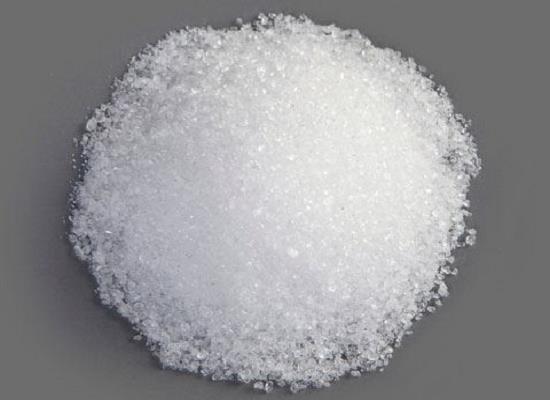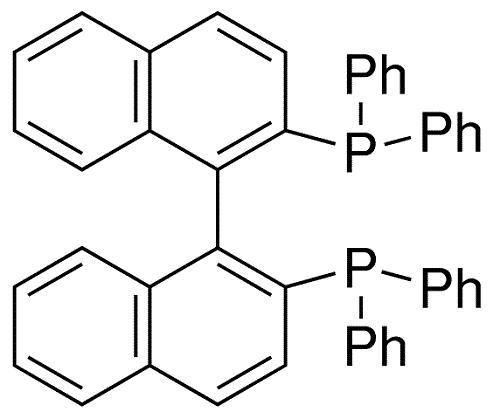Iopromide: Applications in Angiography and its Pharmacological Caracteristics
Aug 28,2024
General Description
Iopromide is a nonionic iodinated contrast agent widely used in angiography due to its enhanced tolerability and safety profile compared to traditional ionic contrast media. Its low osmolality and reduced chemotoxicity improve patient comfort, making it a preferred choice for imaging vascular structures. In applications such as arteriography and phlebography, Iopromide delivers high-definition images that aid in diagnosing conditions like arterial occlusions and venous diseases. With minimal metabolism and predominantly renal clearance, Iopromide's pharmacokinetic characteristics enhance its effectiveness in diagnostic imaging, making it integral to contemporary vascular imaging technologies and improving patient outcomes.
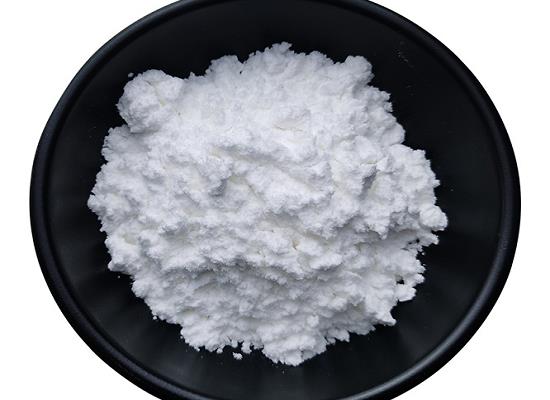
Figure 1. Iopromide
Applications in Angiography
Introduction to Iopromide in Angiography
Iopromide is a non-ionic contrast agent that has become increasingly important in the field of medical imaging, especially in angiography. Unlike traditional ionic contrast media, Iopromide exhibits enhanced tolerability, which is a critical factor for patients who may have sensitivities to contrast agents. The physiochemical properties of Iopromide, characterized by low osmolality and reduced chemotoxicity, significantly improve patient comfort during imaging procedures. This established efficacy and safety profile makes Iopromide a preferred option for enhancing the visibility of vascular structures, facilitating diagnoses in both non-interventional assessments and complex interventional techniques.
Applications in Arteriography and Phlebography
The applications of Iopromide in arteriography and phlebography are particularly noteworthy. In arteriography, Iopromide is utilized to achieve high-definition imaging of arterial blood vessels, which is crucial for diagnosing various conditions such as arterial occlusions and aneurysms. The superior contrast obtained with Iopromide leads to better visualization, which aids healthcare providers in making informed clinical decisions. In phlebography, the ability of Iopromide to provide clear imaging of venous blood vessels is vital for evaluating venous diseases, including deep vein thrombosis and chronic venous insufficiency. Numerous international studies consistently document the effectiveness of Iopromide in improving the clarity and precision of images in these vascular examinations. 1
Comparative Advantages and Patient Safety
Iopromide stands out not only due to its imaging capabilities but also for its comparative safety advantages over other contrast agents. Research comparing Iopromide with alternative agents has consistently highlighted its favorable safety profile, featuring a lower incidence of adverse reactions. Patients undergoing imaging procedures with Iopromide generally report fewer side effects, thanks to its lower osmolality and chemical toxicity. This enhanced safety not only improves patient outcomes but also encourages patient adherence to necessary diagnostic and therapeutic procedures. Consequently, the combination of effective vascular opacification and patient safety reinforces Iopromide's integral role in contemporary angiographic practices, making it a cornerstone in the advancement of vascular imaging technologies. 1
Pharmacology
Pharmacokinetics
Iopromide, a nonionic iodinated contrast agent, exhibits specific pharmacokinetic properties that are crucial for its performance in diagnostic imaging. After intravenous injection of Iopromide, the opacification of renal parenchyma begins within one minute, and optimal contrast in the calyces and collecting system is achieved between five to fifteen minutes. In patients with nephropathic conditions, this excretion process can be unpredictable, leading to delayed opacification that may occur several hours post-injection. The degree of contrast enhancement observed is closely related to the iodine concentration within the tissue of interest, highlighting the importance of Iopromide's formulation in achieving effective imaging results. 2
Mechanism of Action and Distribution
The mechanism of action of Iopromide involves providing radiographic opacification of the vasculature and the extracellular space following its intravascular injection. Iopromide is available in stable, ready-to-use solutions with iodine concentrations of 300 mg I/mL and 370 mg I/mL. Upon administration, Iopromide rapidly achieves peak plasma concentrations and is efficiently distributed throughout the extracellular fluid compartment, displaying minimal binding to plasma proteins (approximately 1%). Notably, Iopromide can cross a disrupted blood-brain barrier, which may have clinical implications in specific diagnostic contexts. The total volume of distribution at steady state for Iopromide is approximately 16 L, reflecting its wide distribution into the extracellular space. 2
Elimination and Clearance
Iopromide undergoes minimal metabolism and is primarily eliminated unchanged, with about 97% of the administered dose excreted through urine in healthy adults. This suggests a predominance of renal clearance, as only 2% of the dose is recovered in feces. Its clearance rate is comparable to creatinine clearance, with a ratio of 0.82 indicating efficient glomerular filtration. The pharmacokinetic profile of Iopromide reveals an initial distribution half-life of 0.24 hours, followed by a main elimination half-life of 2 hours, and a terminal elimination half-life of 6.2 hours. The mean total and renal clearances are recorded at 107 mL/min and 104 mL/min, respectively. These pharmacokinetic insights into Iopromide aid healthcare professionals in understanding its behavior within the body and its effectiveness as a contrast agent in medical imaging. 2
Reference
1. Brossel R. Le iopromide en angiographie. Revue de la littérature [Iopromide in angiography. Review of the literature]. Ann Radiol (Paris). 1989; 32(4 Pt 2): 361-368.
2. Iopromide. Drug Bank. DrugBank Accession Number: DB09156.
- Related articles
- Related Qustion
Bronopol has low mammalian toxicity, and shows moderate antifungal activity. LC-MS/MS method ensures accurate detection of bronopol in aquaculture products.....
Nov 6,2024APIIn this paper, the chemical properties, synthesis methods, and applications of BINAP in asymmetric catalytic reactions were reviewed.....
Aug 28,2024APIIopromide
73334-07-3You may like
- Iopromide
-
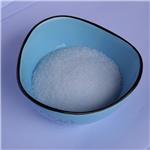
- $0.00 / 1KG
- 2024-10-28
- CAS:73334-07-3
- Min. Order: 1KG
- Purity: 99%
- Supply Ability: 500000kg
- Iopromide
-

- $12.00 / 1kg
- 2024-10-25
- CAS:73334-07-3
- Min. Order: 1kg
- Purity: 0.99
- Supply Ability: 20 tons
- iopromide
-
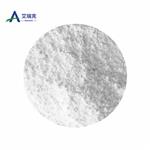
- $0.00 / 1g
- 2024-10-15
- CAS:73334-07-3
- Min. Order: 1g
- Purity: 99.99%
- Supply Ability: 20 tons




